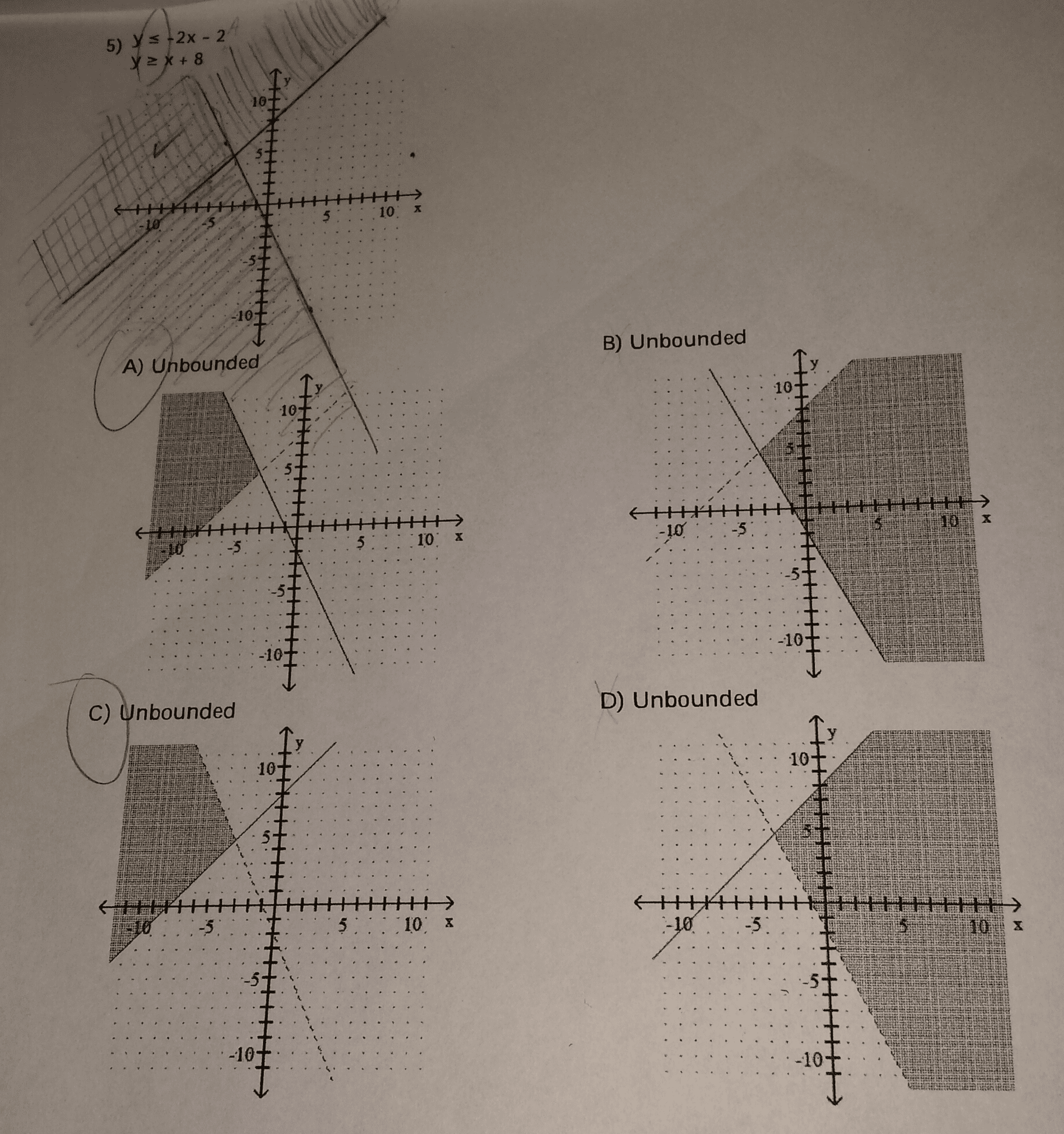MATH 110 Lecture Notes - Lecture 20: Set-Builder Notation, Negative Number
Document Summary
An inequality is a statement in which the relationships are not equal. For all real numbers a, b, and c, the following are some basic rules for using the inequality signs: trichotomy axiom: a > b, a = b, or a < b. These are the only possible relationships between two numbers. Either the first number is greater than the second, the numbers are equal, or the first number is less than the second: transitive axiom: if a > b, and b > c, then a > c. If a < b and b < c, then a < c. If a > b, then a + c > b + c. If a > b, then a c > b c. Adding or subtracting the same amount from each side of an inequality keeps the direction of the inequality the same. Example: if 3 > 2, then 3 + 1 > 2 + 1 (4 > 3)


